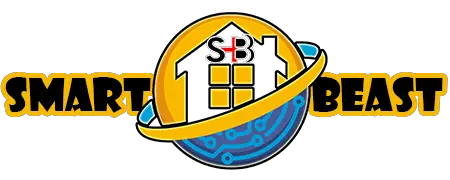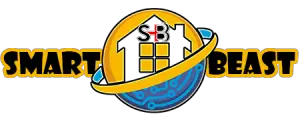
Reaching age 40 often brings a unique set of financial challenges and opportunities. While retirement may still feel distant, life’s unexpected expenses—medical emergencies, home repairs, or educational costs—can create immediate financial pressures. For many, the 401(k) represents a substantial pool of savings, but accessing these funds before age 59½ typically triggers a 10% early withdrawal penalty plus income taxes.
This article explores legitimate strategies to tap into your 401(k) at 40 without penalties or taxes, balancing urgent needs with long-term financial security. We’ll dive into practical methods like 401(k) loans, Roth conversion ladders, and hardship withdrawals, while emphasizing the importance of careful planning. As someone who has navigated these options myself, I’ll share insights to help you make informed decisions without derailing your retirement goals.
The Challenge of Early Access
Withdrawing from a 401(k) before 59½ typically incurs a 10% penalty on top of income taxes, significantly reducing your savings. For example, a $10,000 withdrawal could shrink to $6,500 after taxes and penalties, assuming a 25% tax bracket. Beyond immediate costs, early withdrawals sacrifice compound growth—$10,000 left invested at 7% annual returns could grow to over $38,000 in 20 years. This “opportunity cost” can derail retirement plans.

Additionally, frequent early access may signal deeper financial instability. While emergencies happen, relying on retirement funds should be a last resort. Exploring alternatives like emergency savings or low-interest loans first can preserve your 401(k) for its intended purpose.
401(k) Loans: A Tax-Free Option
A 401(k) loan allows you to borrow up to 50% of your vested balance (max $50,000) without taxes or penalties, provided you repay it within five years (or longer for home purchases). Repayments, including interest (typically prime + 1-2%), go back into your account, so you’re paying yourself.

However, risks exist: if you leave your job, the loan may become due immediately, and defaults trigger taxes and penalties. I once used a 401(k) loan for a home down payment, appreciating the low interest but later realized the lost market growth during repayment. This strategy works best for short-term needs with stable employment, not as a routine financial tool.
401(k) Rollovers: Temporary Access
Rolling over a 401(k) to an IRA or new employer’s plan can offer flexibility, but the 60-day rollover rule is key. You can withdraw funds tax-free if redeposited within 60 days, effectively creating a short-term loan. However, missing the deadline triggers taxes and penalties. This method suits predictable, short-term needs like bridging a gap between jobs.

I once used this during a career transition, carefully tracking the 60-day window. It’s risky, though—market volatility or personal emergencies could jeopardize repayment. Always confirm the timeline with your plan administrator and consider a direct rollover to avoid mishandling funds.
Substantially Equal Periodic Payments (SEPP)
IRS Rule 72(t) allows penalty-free withdrawals before 59½ via SEPP, calculated using life expectancy and account balance. Payments must continue for at least five years or until 59½, whichever is longer. Methods include fixed amortization or required minimum distribution (RMD) approaches.
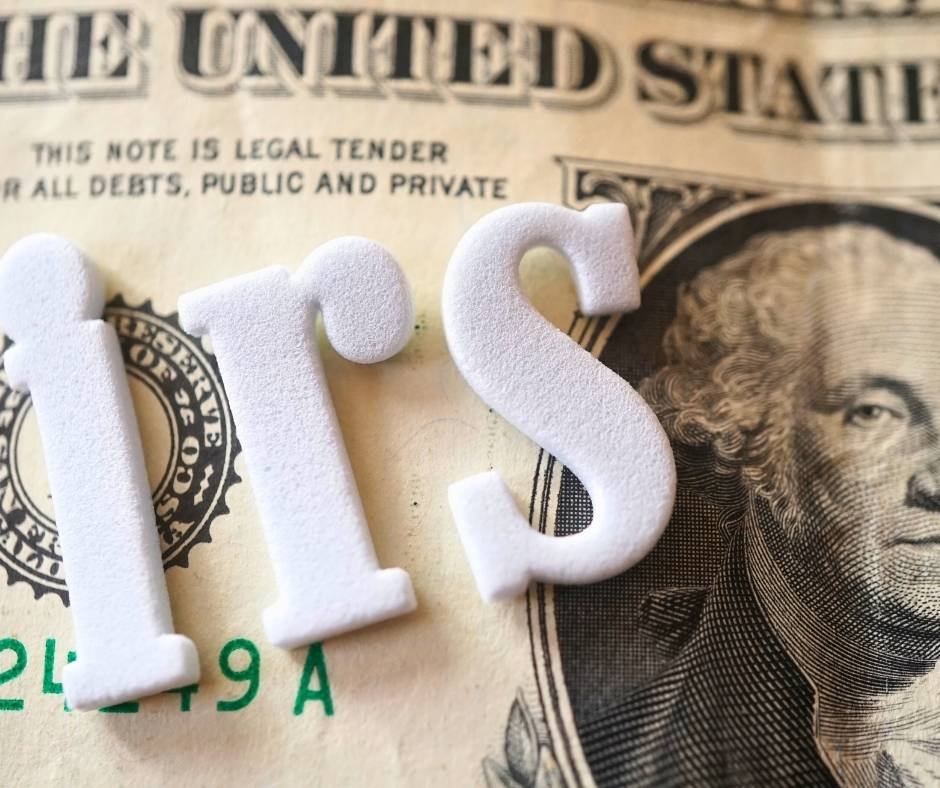
For example, a 40-year-old with a $500,000 balance might receive ~$20,000 annually under the amortization method. While flexible, SEPP locks you into payments regardless of financial changes. I advised a client who used SEPP for early retirement, but a job offer two years later forced him to decline due to the commitment. This strategy suits those with stable, long-term income needs, not fluctuating emergencies.
The Rule of 55
If you separate from service (quit, are fired, or retire) during or after the year you turn 55, you can withdraw from that employer’s 401(k) penalty-free. This applies only to your most recent employer’s plan, not IRAs or old 401(k)s. For example, leaving a job at 55 allows withdrawals from that 401(k), but not from a previous employer’s plan rolled into an IRA.
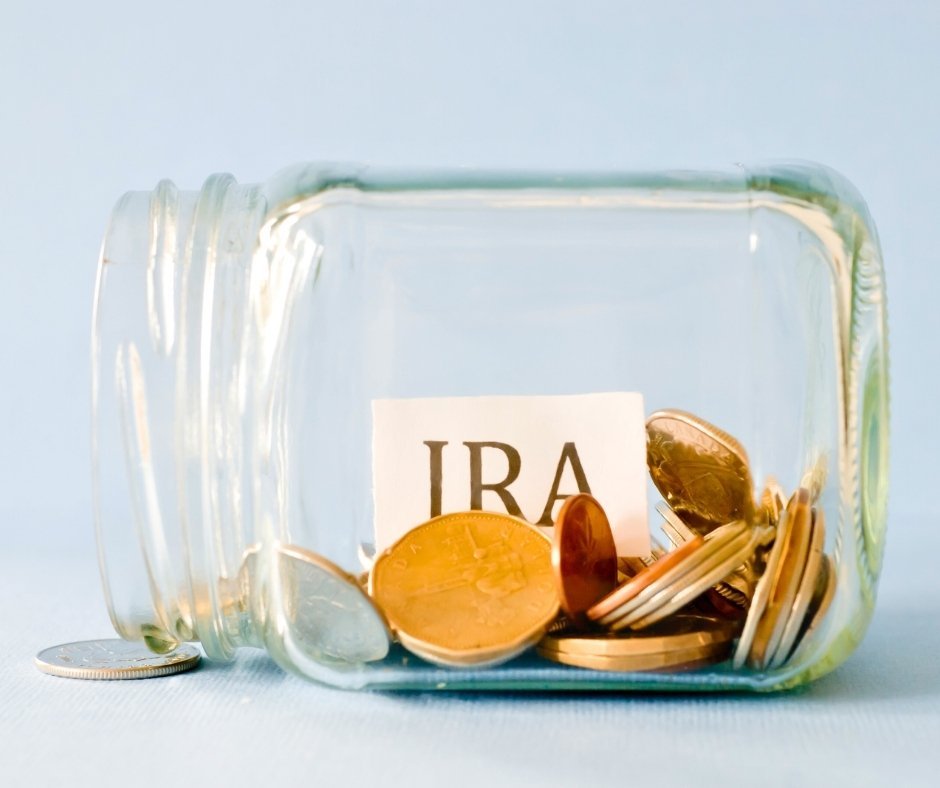
This rule helped a friend who retired early from a corporate role, accessing funds without penalties while letting other accounts grow. It’s ideal for those planning career changes at 55+, but not a solution for 40-year-olds unless they anticipate early retirement.
Hardship Withdrawals
Hardship withdrawals allow penalty-free access for specific needs like medical bills, tuition, funeral costs, or home purchases/repairs. You’ll need documentation proving the hardship, and withdrawals are limited to the amount needed.

However, they’re still subject to income taxes and may require you to exhaust other options first. I once considered this for emergency medical expenses but opted for a payment plan instead to preserve my 401(k). This strategy should be a last resort, used only when no alternatives exist and the need is critical.
Other Exceptions to Early Withdrawal Penalties
Additional exceptions include disability, terminal illness, qualified birth/adoption expenses (up to $5,000), and divorce settlements under a QDRO. Each has specific rules—disability requires proof of permanent inability to work, while QDROs must follow legal procedures.

These exceptions offer relief during major life events but often involve complex paperwork. For instance, a colleague used the adoption expense exception, saving on penalties but facing a lengthy claims process. Understanding these nuances can prevent costly mistakes during challenging times.
Roth Conversion Ladder Strategy
This advanced strategy involves converting Traditional IRA funds to a Roth IRA over time, paying taxes upfront to enable tax-free withdrawals after five years. For example, converting $20,000 annually starting at 35 allows penalty-free access to each conversion’s principal at 40.
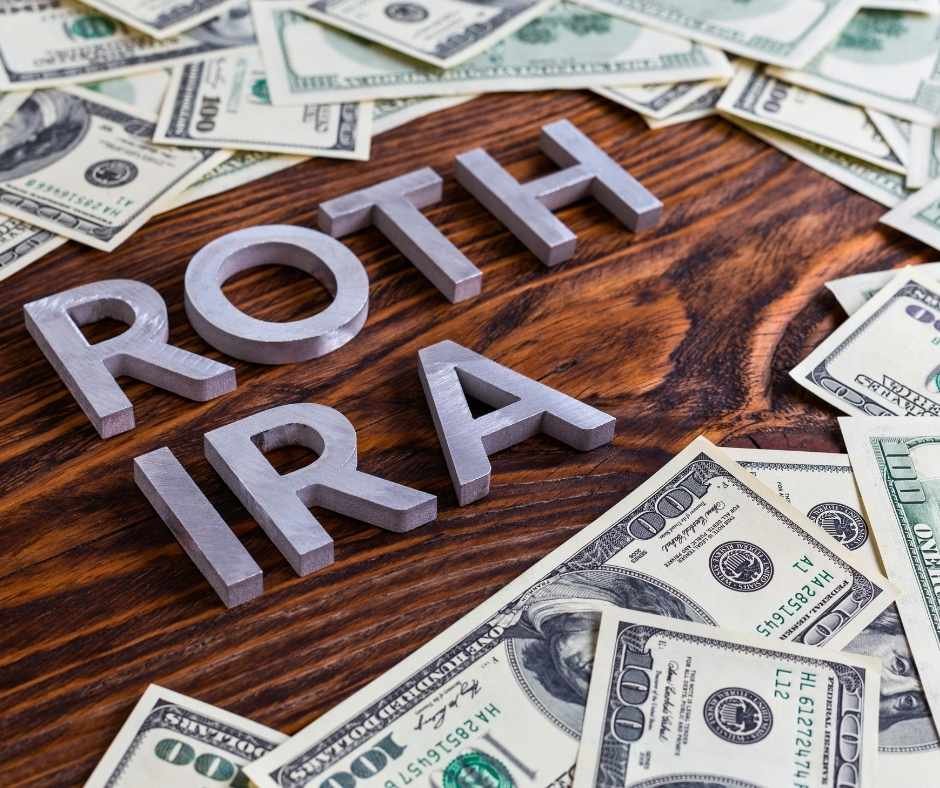
This requires careful tax planning to avoid bracket creep. I’ve used this for partial early retirement income, balancing conversions with other income sources. It’s ideal for those with substantial Traditional IRA balances and low current tax rates, but complex to manage without professional guidance.
Tax-Efficient Withdrawal Strategies
Minimizing taxes involves strategic timing and diversification. For example, withdrawing just enough to stay in a lower tax bracket or using Roth accounts for tax-free income. Coordinating 401(k) withdrawals with Social Security, pensions, and taxable investments can optimize efficiency.

I once helped a client sequence withdrawals to fund a sabbatical, using Roth funds first to delay 401(k) distributions. This approach requires annual tax planning but can significantly reduce lifetime tax burdens.
Risks and Considerations
Early 401(k) access risks include reduced retirement security, penalties for missteps, and lost growth. Emotional decisions during crises can lead to regret. Always weigh alternatives like emergency funds, home equity loans, or part-time work first.
Consult a fiduciary financial advisor to explore options holistically. I’ve seen clients rush into withdrawals only to face penalties later—patience and planning are crucial. Remember, your 401(k) is a long-term contract with your future self; breaking it should be done thoughtfully.
Conclusion
Accessing your 401(k) at 40 is possible through strategies like loans, SEPP, or Roth ladders, but each carries trade-offs. While these methods offer flexibility, they can jeopardize retirement if misused. Prioritize building emergency funds and exploring alternatives first.
If early access is unavoidable, choose the strategy that aligns with your goals and consult professionals to navigate rules. Your 401(k) is a powerful tool—use it wisely to balance today’s needs with tomorrow’s security.
